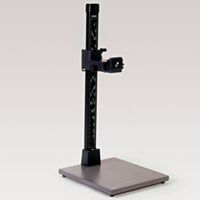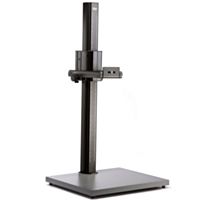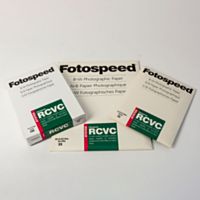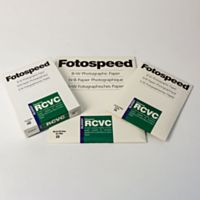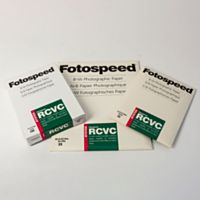Top tips to see like a pro photographer, part 1

-->
Andy Beel FRPS is a professional photographer, writer, mentor and workshop leader, and one of our Fotospeed photographers’. In the first of 2 blog posts in this series, Andy shares his tips on wider fundamental thinking before you get into the nuts and bolts of how photographic ‘seeing’ is achieved. Andy uses Fotospeed Platinum Baryta 300 and Etching 285 papers.
You can find out more about Andy here.
Bad pictures are good
You may wonder about the sanity of a professional photographer who starts a blog post about photographic seeing by saying that bad pictures are good! Surely, we all want to take good pictures and the bad ones don’t matter. Consequently, the assumption that bad pictures don’t matter is a common fallacy which must be put in its place right away.
Bad pictures are only good if you have the passion and humility to learn from your mistakes instead of blaming perceived poor tools. The hankered after top-of-the-range camera body and lenses only result in you having less money in the bank – not being a better photographer. Hence, the cost of equipment does not equal better seeing ability value.
Especially relevant is that no one learns from their successes, you only learn from your mistakes. To quote Malcolm Forbes of Forbes Magazine fame “Failure is success, if we learn from it.”
If you aim to see like a professional and the hoped-for ‘good’ pictures turn out to be bad, the ‘growth’ mindset is critical when seeking to turn failure into success. The process of overcoming failure goes along these lines for many professions:
- Seek quality feedback
- Review the feedback
- Innovate new ideas from the insights gained from the feedback
- Experiment and test new ideas
- Review
- Adapt and test
- Review
If you think creative success is easy, take the example of James Dyson, the inventor of the Dyson bag-less vacuum cleaner. He had 526 prototype failures before getting it right.
Shoot fewer frames of more subjects, or shoot more frames of fewer subjects
The title of this section has purposely been written in the way that many photographers will perceive the ways in which their practice has changed over the years. When we are young and enthusiastic, we tend to shoot as many different subjects as we can. As our experience grows, we gain a vision and style that is played out in the picture templates that are embedded in our subconscious. Picture templates are a repeated way of seeing and taking pictures, we all have them. See this encouraging article about Powerful Picture Templates and how to ensure your creative seeing muscle grows.
Most of all, we see like a professional when we shoot more of fewer subjects.
The experienced photographer may tend to shoot more frames of a lesser number of subjects. We tend to do this because we link the output or the use of the pictures with the taking stage. You cannot use pictures that you haven’t taken whilst on location. Therefore, story-boarding and a shooting list mean that you can complete the project with all the required pictures in one visit.
Pictures are taken, photographs are made
 .
. 

What is the process for making a photograph? The outline creative process, in simple terms to create a photograph, may be along these lines, but every photographer will have their own working practice.
The take-away thought from this process is, to quote Dr Stephen Covey, to ‘begin with the end in mind’.
- Inspiration
- Theme
- Ideas
- Hunting or farming – planned and unplanned shoots
- Taking – capture
- Editing – reducing the many to the few
- Post-processing workflows – making the photograph from the raw material
- Output – online, book, exhibition etc.
Effective and efficient seeing practice is not repeatedly pressing the button
Henri Cartier Bresson said “Your first 10,000 pictures are the worst”. He did not mean that when you get past 10,000 pictures all will be well. For me, I feel he meant 10,000 prints not 10,000 negatives! In the digital age, 10,000 camera files can be made very quickly and will have very little value in the learning process.
Practice only becomes effective and efficient when it is linked with honest and capable feedback. Practice really works well when the technique you are practising is slightly beyond your current reach. So, for example, I use a phrase along the lines of “show, do, review”. The workshop participant is shown how to do something, they do it themselves and then I review the pictures/seeing with them so they pick up and correct any errors on the spot. This way of working leads to a much quicker progress than repeatedly shooting random frames. Yet it is unfortunately true your ability tends to plateau just by shooting frames randomly without feedback.
Seeing is all about recognising the photographic moment in say, street photography for example, when all the elements of the picture come together. This may be the subject matter, composition and timing. This subject is explored in greater detail in my book, The ABC of Camerawork Manual on page 69.
Ideas about seeing in the arena of street photography will be explored in greater detail on the one day street workshop in Bristol with Dave Mason and myself on the 28 Sept 2018. There are only a few places left.
In the next post in the See Like a Professional series, Andy will be looking at how to:
- Fully work your subject and frame
- Relax and observe your chosen subject
- Look for the extraordinary within the ordinary
- Less is more
- Be brave and get closer
- Ignore the background at your peril
Want more ideas on how to improve your photography and prints? Check out the rest of our blog, or get in touch to see how Fotospeed can help!
If you would like to stay on top of all the latest information from Fotospeed don't forget to sign up to our Newsletter.


